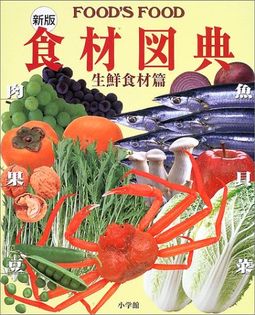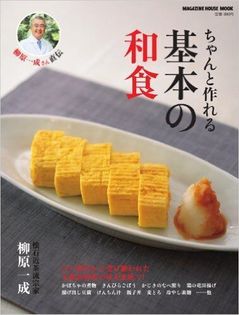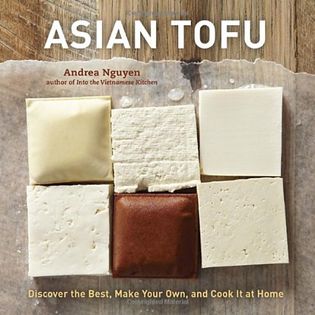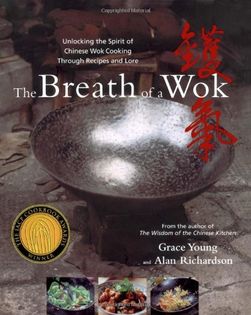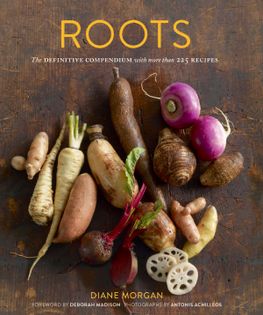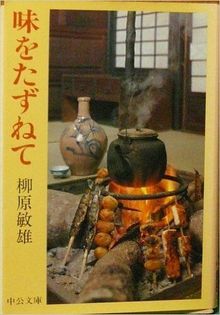
Aji wo Tazunete (Exploring Indigenous Flavors)
Originally published as a series of 77 essays in the Asahi Shimbun, a major Japanese daily newspaper, in the mid-1960’s. I had just come to Japan and was struggling with learning the Japanese language (especially reading & writing) and forced myself to read the local newspaper daily. Although the reporting of news was tough to make sense of, Yanagihara-sensei’s well-informed stories of the food and food culture of Japan captivated me. I knew I wanted to study with him – to learn to make the food he wrote about so eloquently – and to learn more about the food culture of Japan. Indeed, my formal culinary study began with him at his Kinsaryu School in 1969. It was with Toshio-sensei’s encouragement, that I began offering my own culinary programs in Tokyo to the foreign community in the 1970’s. Toshio-sensei has since passed away, but I continue to study/learn from his son (Kazunari-sensei) and grandson (Naoyuki-sensei).




